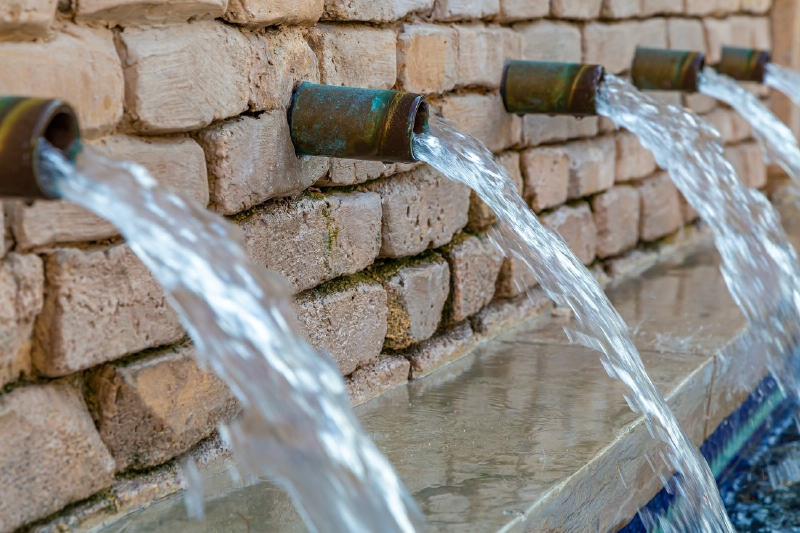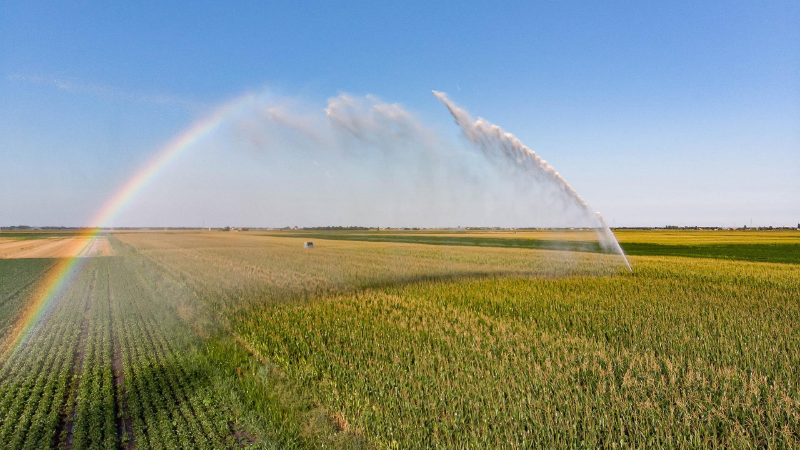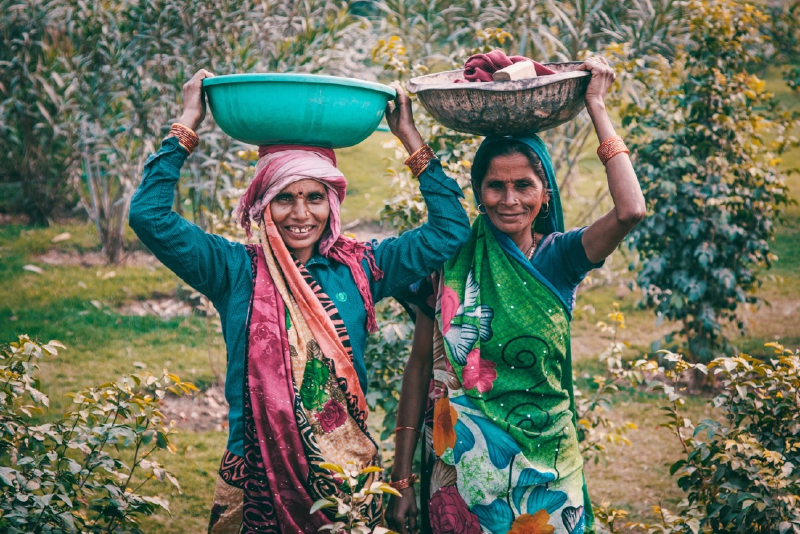Everton de Oliveira and Bruna C. Soldera
A survey published by Mapbiomas in 2021 showed that the amount of land surface covered by water (surface water) in Brazil has decreased 15.7% in the last 36 years (an estimated area that is almost the size of Belgium). This study however only investigated surface water which is water found above ground, the continents’ natural water reservoirs, the aquifers, which store 98% of all available liquid fresh water, were not assessed. The amount of water that currently seeps into the ground from rain is not replacing the water that is withdrawn from these underground reservoirs.
To further exacerbate this problem, the planet as a whole has been transferring water from the continents to the oceans following the green revolution of the mid-twentieth century: 15 to 25% of the rise in ocean water level is from groundwater extracted by wells being emptied into surface water which then eventually drains into the ocean (Groundwater, 2018).

The natural water cycle has been altered by human action in a consistent and dangerous way for future generations. In a recent editorial for the renowned journal Groundwater, Warren Wood and John Cherry (2021) highlight the magnitude of this problem and the impacts on the world’s food security. Water use and aquifer levels are not adequately monitored in wells used for irrigation in major food baskets of the world. According to the United Nations, approximately 40% of global irrigation is well water and the remainder (60%) is surface water. This accounting ignores fundamental hydrological information: approximately half of surface water comes from groundwater as baseflow which sustains rivers during drought. Therefore, the total amount of groundwater used for global irrigation is 70% (40% from wells and half of the 60% classified as surface water). It is no coincidence that the UN theme for water in 2022 is “Making the Invisible Visible”, to draw attention to this major problem. The climate crisis is a water crisis.

Brazil is not alone; this pattern exists on all continents where there is a high agricultural demand and concentrated population. For example, India is the world’s largest user of groundwater, removing 1/3 of the total water extracted globally from wells. Consequences resulting from this high rate of pumping include dry rivers and dry wells resulting in significant societal issues. For example, the Watershed Support Services and Activities Network (WASSAN) of India produced a documentary reporting that, in 2015, approximately every 30 minutes a farmer committed suicide in India due to insufficient groundwater (WASSAN, 2015). Without water farmers cannot maintain their crops and pay their debts. In the United States, the water from the Ogallala Aquifer, which is located in the High Plains region, is disappearing and in some places has gone dry. The region supplies at least one-fifth of the total annual US agricultural harvest, and if the aquifer dries up, more than $20 billion worth of food and fiber will disappear from world markets (Scientific American, 2009).

In Libya, its capital Tripoli is supplied by the largest well-supply project known to humanity, the so-called Great Man-made River (Wikipedia, 2022), which is actually a 2-meter diameter aqueduct that carries water for more than 2,500 km. This is fossil water, water that was stored by rain and seepage in aquifers over 10,000 years ago. In short, humans are unsustainably using an essential resource for life.
Coupled with our current overuse of groundwater is the growth in global population. By 2050 the world’s population is expected to rise to 10 billion people, a population increase of 25%. When combined with the increased standard of living occurring globally this presents a dramatic increase in the need for water, which is essential for human life.

The water we drink today is the same water that the dinosaurs once drank, the planet has the same amount of water that it had more than 4 billion years ago. The only changes are how this water is distributed and its quality. The Mapbiomas survey evaluated only surface water, overlooking the essential but “invisible” groundwater beneath our feet that sustains the surface water. All aspects of the water system must be considered to develop the needed circular water economy so that humans learn to conserve, protect and sustain our water supplies to ensure adequate water for humans and the ecological systems that rely upon it.
